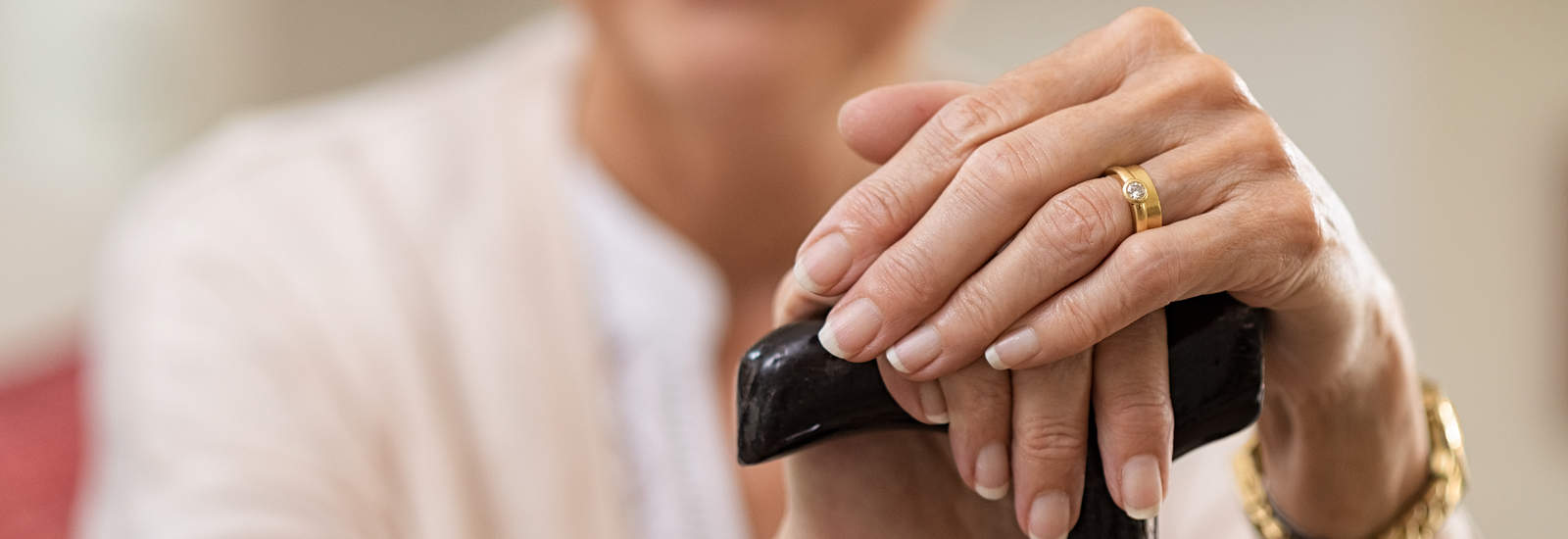Senior Home Safety Checklist
Home safety for seniors takes on added importance as we age, particularly when it comes to preventing falls. Every 15 seconds, an older adult receives emergency room treatment for fall-related injuries, according to the National Council on Aging. In addition to broken bones, falls are a leading cause of traumatic brain injury in seniors.
As we age, we experience a variety of health issues. These issues can bring about symptoms that impact senior home safety. Diabetic neuropathy can lead to foot numbness, reducing awareness of foot placement and normal sensation. Visual problems like macular degeneration and cataracts can decrease our safety without appropriate lighting and home safety modifications. In addition, we face a decline in agility, balance and strength. Medications can cause side effects such as dizziness, fatigue, nausea and frequency of urination. These factors make falling a greater hazard.
Senior fall risk assessment
Here are some of the indicators that a senior may be experiencing health challenges that require further medical assessment, home modifications to safely age in place, or require assisted living or home care services. The home may seem cluttered when seniors struggle with housekeeping or create spaces for their necessities.
Key signs of senior home safety issues include:
- Stacks of mail, dishes and reading materials; prescription bottles in various locations or a days-of-the-week pill box; beds, dishes or laundry that are undone. Sometimes an individual wears the same clothes for multiple days because their balance is threatened when they try to change clothes or manage laundry.
- A footstool by the bed indicates the person’s mattress is too high for them to easily get into. Conversely, a low mattress can be difficult for them to get up safely. Sometimes seniors move into their favorite recliner and no longer attempt to get into and out of bed for fear of falling.
- A toilet paper roll holder or a towel rack in the bathroom that is loose or has come out of the wall is an indication that someone has used it to try and help stand up because they do not have the transfer strength they need.
- If someone has already fallen, that is an indication the home may no longer be a safe place. Bring in a professional to observe the person in their home to see whether medication is organized and being taken correctly, if there are lighting issues, home modification needs, durable medical equipment needs for safety in activities of daily living, and whether the person can safely prepare their meals, take out the trash or get to a doctor.
When seniors worry about balance, strength, or experience a fall, they often reduce activity and become more isolated. This creates a negative cycle. People don’t necessarily think of isolation as a hazard, but it has physical and emotional consequences. Being home alone for long stretches leads to reduced cognitive activity, which is linked to dementia and depression. Social interaction and having a purpose have been shown to improve mental health. On the physical side, a lack of activity hastens muscle loss.
If you notice your loved ones turning down invitations to outings, it may be a sign that they are facing declines. These declines could impact their safety and decision-making abilities.
Top Tips for Senior Home Safety
- If you are concerned about safety and are facing resistance, contact your local Office on Aging or assisted living community for resources. Home Care services can also provide senior fall risk and home assessments. A two-hour safety assessment and consultation, conducted by a professional in collaboration with family, provides valuable, credible insights. Their practiced eye and experience will broaden the conversation to areas a family member may not have considered.
- Reconsider assisted living, and contact them to help you start the conversation with a parent or loved one. Fear of the unknown is the greatest obstacle to assisted living – and the majority of seniors make the transition quite smoothly! Talk to your loved one about having a short trail stay through respite care. It may help them to see that it is a positive change both socially and physically.
- Before purchasing a raised toilet seat, shower bench or other assistive devices, contact a senior services expert. Experience with the deficits and progression of specific medical conditions, as well as the knowledge of adaptive devices, gives professional caregivers greater insight into the best senior home modifications.
- Install good overhead lighting, keep curtains and shades open during the day, and install motion-sensor nightlights in key pathways.
- Consider purchasing and setting up an emergency response system in your loved one’s home. There are many different types and price ranges available, including systems that can detect falls automatically.




